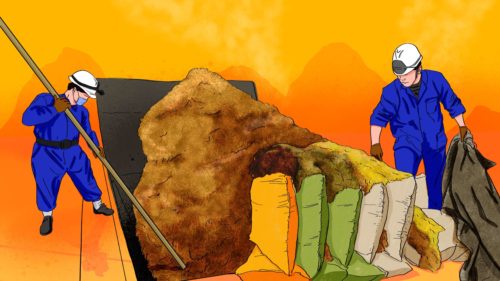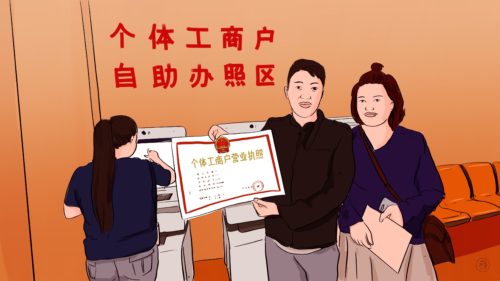Beijing wants a million new SMEs
New government policies emphasize the role of small-to-medium enterprises, but can the government stimulate their growth by fiat?

Beijing’s recent measures to break the economy out of its COVID slump include strong support for small and medium-sized enterprises (SMEs). This is also a recurring theme in the 14th Five Year Plan (2021-2025) and various government attempts to spur economic growth.
In December last year, 19 government departments released a plan specifically focused on the development of SMEs. The plan called on the government to provide policy support, services, and a conducive environment for China’s SMEs to innovate and play a prominent role in the upgrading of China’s industrial base.
Last week, the Ministry of Industry and Information Technology issued further guidelines to clarify the standards for evaluating and incentivizing the three types of SMEs:
- 1 million new innovative SMEs (创新型中小企业), which are, for example, well-known brands at the forefront of their industry with independent intellectual property rights.
- 100,000 “leading specialized” SMEs (专精特新中小企业), which are leaders in their industries with their own unique abilities, but not yet large in scale.
- 10,000 “little giant” enterprises (小巨人企业), which are the the leading SMEs in the previous category that have mastered key technologies. (The government had identified a total of 4,762 “little giants” by the end of 2021.)
The context
The concept of leading specialized SMEs was first mentioned in policy documents during the 12th Five-Year Plan (2011-2015), but became highly prominent in 2021 as a key component of government planning documents, and with the launch of the Beijing Stock Exchange for SMEs in November.
Beijing is hoping that a new middle strata of SMEs will expand rapidly via engagement with larger (and state-owned) enterprises, and so spur consumption, employment, and growth in the economy more broadly.
But can the government actually spur the growth of SMEs by fiat?
- Provincial and municipal governments across the country — that will undertake most of the SME evaluations, and provide the necessary subsidies, and services — have issued their own support and classification policies that show inconsistent standards and insufficient SME support services.
- A domestic database that tracked new “leading specialized SMEs” identified by governments at the national, provincial, and municipal levels from the start of the year up to May 26 found a total of 15,098 companies, 221 of which were already trading on stock exchanges.
- The database also found that 2,970 companies previously approved as leading specialized SMEs were removed from the list for failing to meet the criteria. In eight provinces, including Liaoning, Ningxia, and Anhui, the number of exclusions was greater than the number of new companies added.
The takeaway
The Chinese government’s economic management capacity is formidable when it comes to infrastructure investment, large-scale stimulus, and industrial policy. But it’s an open question if that same set of skills and tools can be successfully applied to nurturing the growth of smaller enterprises that are in the hands of unpredictable private entrepreneurs.






